
Eriko Ogata Eriko Ogata
Partner
Tokyo
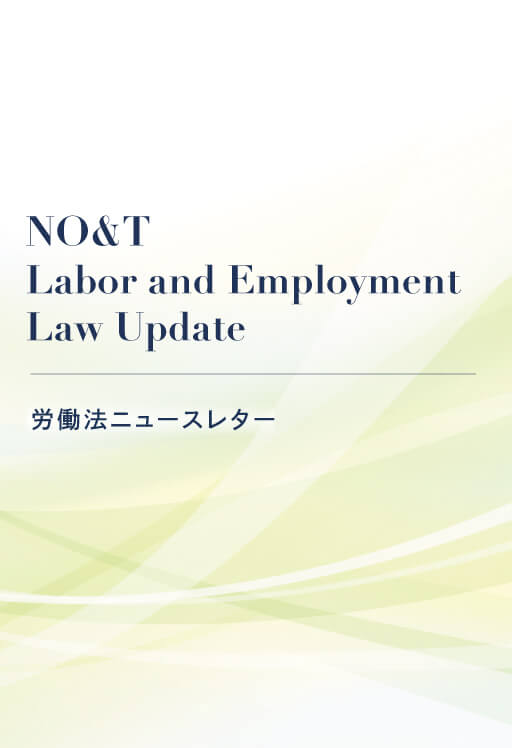
NO&T Labor and Employment Law Update
This article is also available in Japanese.
On May 13, 2022, the “Ito Review 2.0 on Human Capital” report (the “2.0 Report”) was published by the “Study Group toward Achieving Human Capital Management” established in the Ministry of Economy, Trade and Industry of Japan. Against the background of a “new form of capitalism” of the Kishida Cabinet, the 2.0 Report is expected to spur human capital management expansion. Implementing human capital management requires the consideration of various perspectives, including the legal perspective.
This newsletter introduces capital markets and labor compliance considerations regarding human capital management practices.
Under human capital management, human capital is considered “capital,” and optimizing its value can lead to an enhancement in corporate value over the medium to long term. To implement such human capital management, a key question is “how to put human capital strategies in practice in such a manner that they are linked to business management strategies.” The 2.0 Report presents a framework of “three perspectives” and “five common factors” for consideration concerning human capital strategies. It also introduces key points, innovations and the practical examples of companies that have introduced the advanced approaches. The perspectives and factors are as follows:
<Three perspectives>
<Five common factors>
Public disclosure of human capital information to investors is crucial to facilitating human capital management. For the disclosure of human capital information, companies need to examine the legal risk perspective with respect to capital markets practice.
In addition, where human capital management can cause a dynamic shift from traditional personnel labor management, it is also important to examine the labor compliance perspective, which is the basis on which such change can be achieved.
With regard to the disclosure of human capital information, we will, from a legal perspective, cover the disclosure standards and the framework of what human capital information should be disclosed to investors, as well as the importance of risk factor disclosure.
In preparing disclosure information for investors regarding human capital information, it is first necessary to understand the disclosure standards and framework. Various disclosure standards and frameworks are currently being discussed and formulated at both domestic and international levels.
On June 13, 2022, the Disclosure Working Group of the Financial System Council of the Financial Services Agency of Japan announced the report that proposes revisions to the disclosure standards for annual securities reports under the Financial Instruments and Exchange Act of Japan to disclose human capital and diversity-related information, as well as other sustainability matters such as climate changes. Specifically, the report proposes that sustainability matters, including human capital and diversity-related information, should be disclosed under a framework of four elements: governance, strategies, risk management, and metrics and targets.
In addition, the Study Group on the Visualization of Non-Financial Information established by the Kishida Cabinet Secretariat is formulating guidelines for non-financial information, particularly human capital information, and its future developments should continue to be closely monitored.
One of the points that should be kept in mind from the legal perspective of capital markets practice, particularly in relation to the specific disclosure of human capital strategies and metrics, is the enhancement of risk factors disclosure. Human capital management has the potential to drastically change the way companies have approached human capital to date, and it is expected that more companies will increasingly formulate and disclose advanced and creative human capital strategies. It is also expected that more companies will actively disclose future targets for KPIs and other metrics linked to such human capital strategies.
From a legal perspective, we should consider that, by its nature, forward-looking information regarding human capital involves significant risks that companies that disclose such information may not successfully implement their human capital strategies or achieve the targets based on the strategies. Therefore, it is important for companies to disclose the relevant challenges and uncertainties they face in implementing the strategies as risk factors.
Disclosure of risk factors to investors plays an essential role in protecting companies against liability to the investors if the companies do not successfully implement the strategies or achieve the targets in the future. Disclosure of risk factors enables companies to assert that they warned the investors of the risk and that it was taken into consideration in their investment decision-making. Therefore, the enhancement of the disclosure of risk factors described above is also a key issue in disclosing human capital management.
Since human capital management has the potential to revolutionize conventional human capital management, it is also crucial to examine labor compliance. Companies are expected to develop advanced and unique human capital strategies based on the characteristics of their business, corporate culture, and future vision. In developing and implementing human capital strategies, however, it is vital not only to focus on the expected benefits of these measures, but also to carefully consider whether the new human capital strategies will impose unexpected obligations or risks to the company in terms of labor compliance, and to prepare for the implementation of the new system. We highlight below the perspectives that should be kept in mind for labor compliance when considering the new human capital strategy.
“Dynamic human capital portfolios” is one of the “Five Common Factors” presented in the 2.0 Report. It presents the perspectives such as:
In Japan, regular employees who are expected to be employed for a long period are employed under a so-called “membership-type employment,” which is based on the assumption that they will experience a wide range of jobs, without prior limitations on their type of job or location. In contrast, in European countries and the United States, the so-called job-based employment system is more widespread, and it involves hiring personnel with the necessary skills and experience suited to the job requirements of companies. Recently, some Japanese companies have been considering shifting from membership-based employment to job-based employment in the hopes of attracting and acquiring highly specialized and skilled employees and enhancing employee engagement.
However, in considering a shift in the system, it is also necessary to take into account the characteristics of employment regulations under Japanese law. Compared to the United States and European countries, Japan tends to have stricter regulations on dismissal by employers, and a dismissal that lacks objectively reasonable grounds and is not considered appropriate under socially accepted norms is deemed to be null and void as an abuse of the right to dismiss (Article 16 of the Labor Contract Act). Job-based employment generally involves employing wok-ready employees with a high level of expertise and skill. Therefore, if it is found that the employee lacks the experience or skill required for employment, dismissal should be permissible more broadly, compared to membership-type employment, even under the doctrine of abuse of the right to dismiss. However, it should be noted that the Japanese court will likely review the validity of dismissal strictly, when an employer dismisses the employee.
In addition, a certain degree of consideration is necessary in relation to the employer's right to order the transfer of employees (i.e., authority to change the employee's job/duties or the place of work). In Japan, while dismissal is restricted, an employer’s right to order the transfer of employees is widely recognized. In general, in Japan, the company’s work rules and employment contracts contain provisions stating to the effect that “a transfer may be ordered if there is a business necessity.” Based on such provisions, the employer may order a transfer without employees’ individual consent, unless the employer has agreed with the employees to limit their type of job or place of work. Even in the case of job-based employment, an employer may have the right to order the transfer of jobs and implement a transfer based on the right to order the transfer. Conversely, it is not uncommon for an employee hired in a job-based employment to demonstrate enthusiasm for engaging in the work described in the job description at the time of hiring, and thus, if the company wishes to transfer the employee’s job/duties for reasons such as that the employee did not necessarily perform as expected or the company decided to eliminate the position, the employee may argue that there was an agreement limiting the job/duties on the ground that it was a job-based employment, or that the transfer would constitute an abuse of the right to order the transfer.
Job-based employment does not necessarily mean employment limiting job/duties. Whether an employer has the right to order the transfer of employment depends on the provisions of the work rules and individual employment contracts. In light of this risk of disputes or litigation, it is advisable for all companies to review the provisions of their work rules and employment contracts so as to avoid disputes and to ensure that the appropriate explanations are provided at the time of hiring.
Against the backdrop of the COVID-19 pandemic, remote work has become the new normal in Japan. Remote work has many benefits, such as alleviating the burdens associated with commuting and allowing employees to balance work, childcare and nursing care. Initiatives to promote work styles that are not constrained by time or place by individual companies are expected to strengthen the competitiveness of individual companies, including acquiring and retaining talented personnel. Conversely, in the case of remote work, since employees are not physically working in the office, near to their employers, companies will need to monitor and manage working hours, issue work instructions, manage employee health, and overall, devise methods that are different from those used in the normal office setting. If an employer does not appropriately monitor and manage employees’ working hours, employers may face unexpected claims for overtime allowances, or claims that employees are suffering from mental illness due to long working hours, potentially giving rise to litigation risks and work-related illness/injuries claims. Therefore, in introducing working styles that are not constrained by time or place of employees, companies need to check whether the relevant rules are in place and whether the regulations and such rules are being appropriately implemented.
As an example of initiatives to enhance employee engagement, the 2.0 Report also cites “promotion of diverse working styles, such as secondary jobs and dual employment.” Although the promotion of secondary jobs and dual employment is drawing attention as an initiative to enhance employee engagement, it should be noted that companies will need to observe certain obligations associated with allowing secondary jobs and dual employment.
For example, when employees work at multiple places for different employers, an employer must manage the total number of working hours (Article 38, Para. 1 of the Labor Standards Act). That is, an employer who employs a worker who also works for another employer is, in principle, required to manage the working hours of the other company in parallel with the total working hours of the company based on a report from the worker (i.e., the working hours of the secondary job work and/or the dual employment also affect the calculation of overtime working hours). In promoting secondary jobs and dual employment, employers must develop the necessary rules regarding such working styles in their work rules and put in place systems that facilitate obtaining information on employees’ secondary jobs and dual employment, including the nature of such work and the working hours thereunder.
The 2.0 Report published on May 13, 2022, is expected to hasten the adoption of advanced human capital management strategies in the future. In order to enhance corporate value over the medium to long term, companies should adopt human capital strategies linked to their business management strategies and devise ways to disclose them to investors. In formulating and implementing human capital strategies, it is also important to review and prepare them for labor compliance.
This newsletter is given as general information for reference purposes only and therefore does not constitute our firm’s legal advice. Any opinion stated in this newsletter is a personal view of the author(s) and not our firm’s official view. For any specific matter or legal issue, please do not rely on this newsletter but make sure to consult a legal adviser. We would be delighted to answer your questions, if any.


Makoto Saito, Shinichiro Horaguchi, Yoshihisa Watanabe, Ramsay Randall (Co-author)


Makoto Saito, Shinichiro Horaguchi, Yoshihisa Watanabe, Ramsay Randall (Co-author)


Takehito Matsumoto
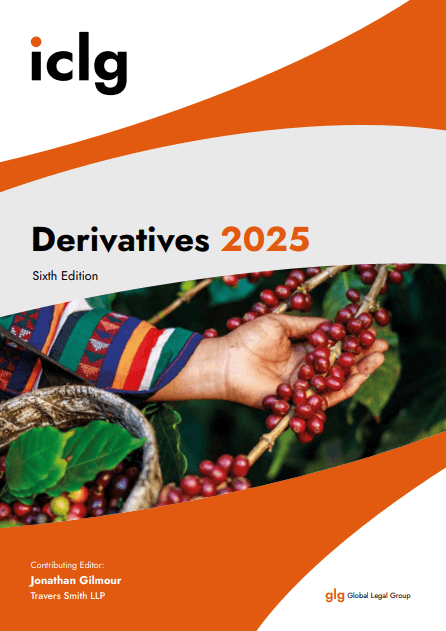

(June 2025)
Ichiro Oya, Masayuki Fukuda, Hideaki Suda, Tsutomu Endo (Co-author)


Takashi Itokawa, Takahiro Kitagawa (Co-author)
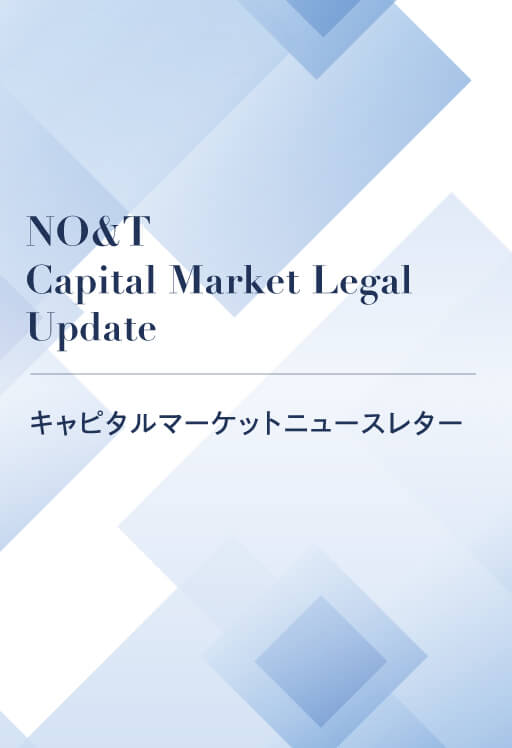

Motoki Saito, Gaku Oshima, Yuta Kawamura (Co-author)
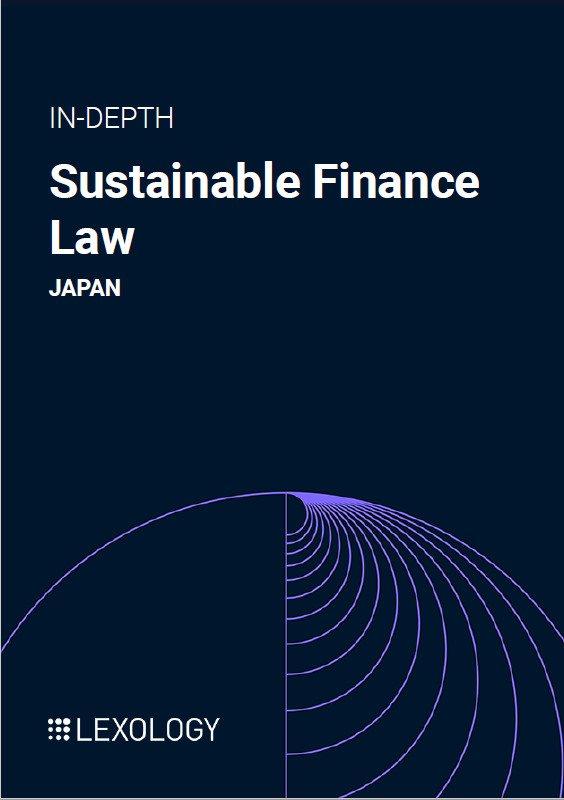

(December 2024)
Hiromi Hattori, Yuichi Miyashita (Co-author)


Motoki Saito
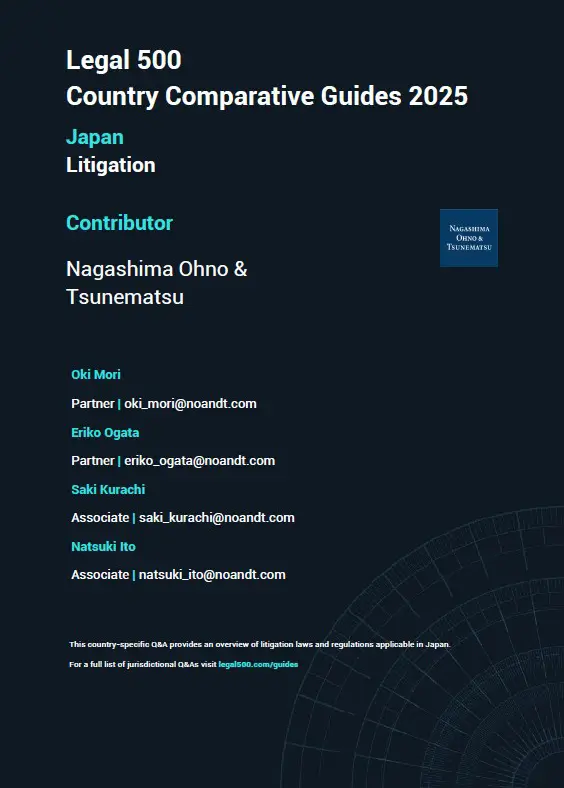

(July 2025)
Oki Mori, Eriko Ogata, Saki Kurachi, Natsuki Ito (Co-author)
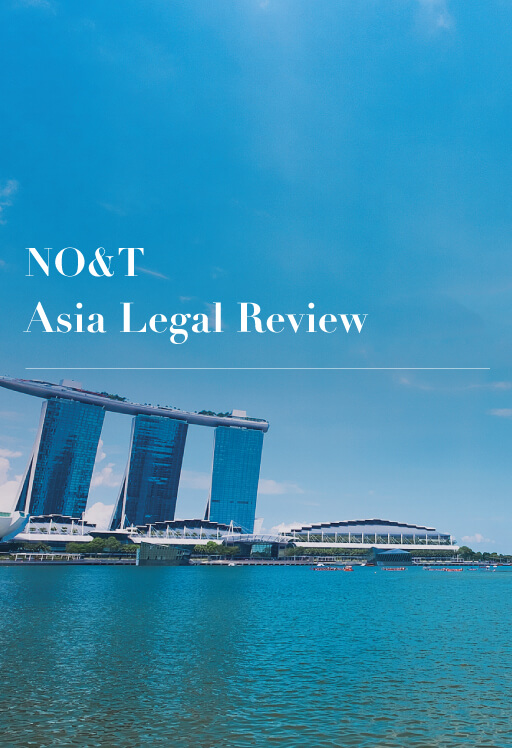

Patricia O. Ko
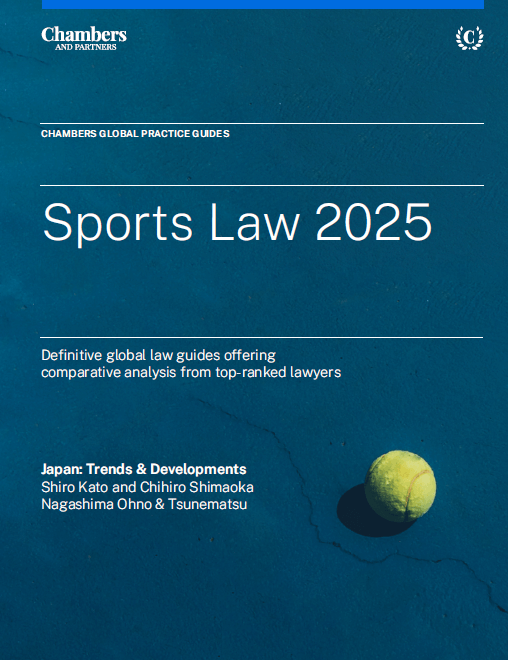

(April 2025)
Shiro Kato, Chihiro Shimaoka (Co-author)
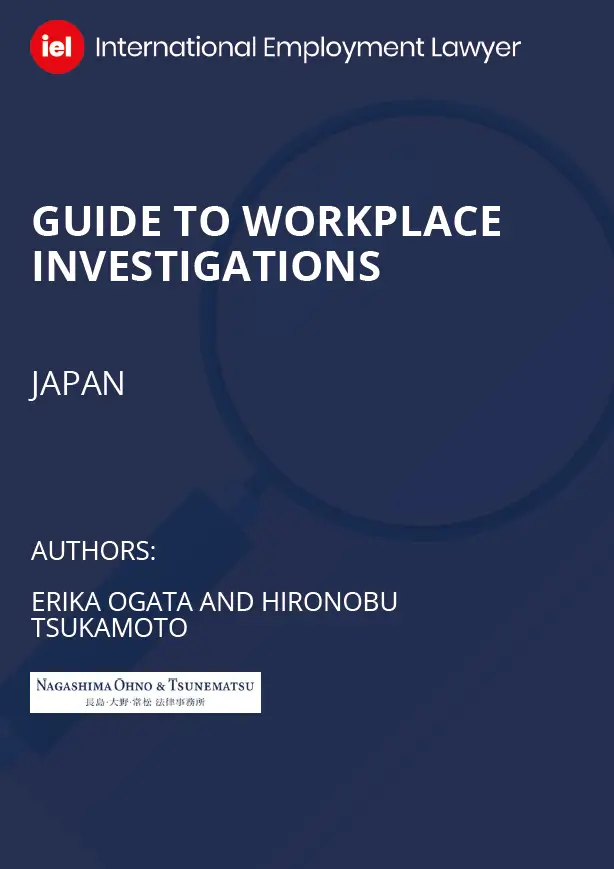

(January 2025)
Hironobu Tsukamoto, Eriko Ogata (Co-author)


Patricia O. Ko


(April 2025)
Shiro Kato, Chihiro Shimaoka (Co-author)


(January 2025)
Hironobu Tsukamoto, Eriko Ogata (Co-author)


Luciana Fransiska
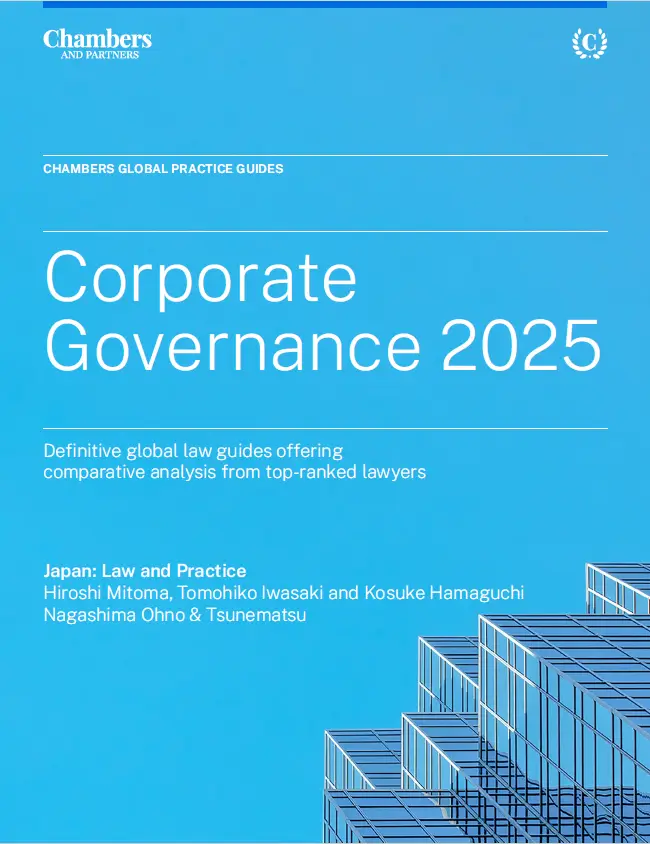

(June 2025)
Hiroshi Mitoma, Tomohiko Iwasaki, Kosuke Hamaguchi (Co-author)


Chattong Sunthorn-opas, Thunsinee Sungmongkol (Co-author)


Ario Putra Pamungkas


Long Nguyen


(June 2025)
Hiroshi Mitoma, Tomohiko Iwasaki, Kosuke Hamaguchi (Co-author)


Chattong Sunthorn-opas, Thunsinee Sungmongkol (Co-author)


Ario Putra Pamungkas


Rashmi Grover


(July 2025)
Oki Mori, Eriko Ogata, Saki Kurachi, Natsuki Ito (Co-author)


Patricia O. Ko
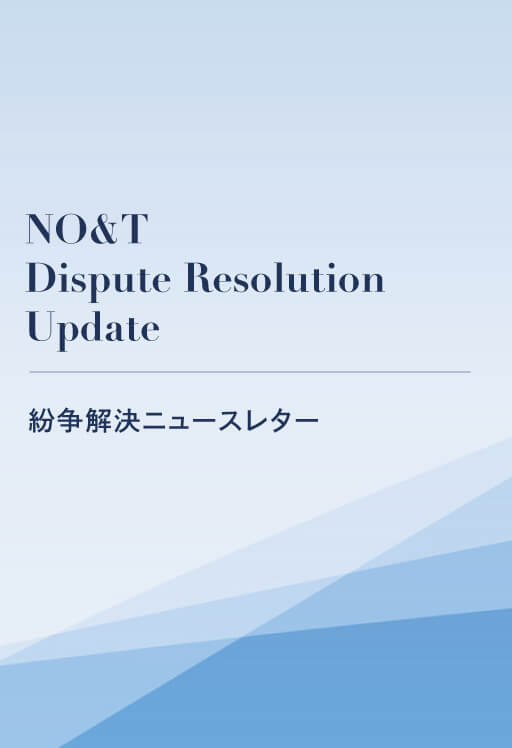

Claire Chong, Kennosuke Muro (Co-author)
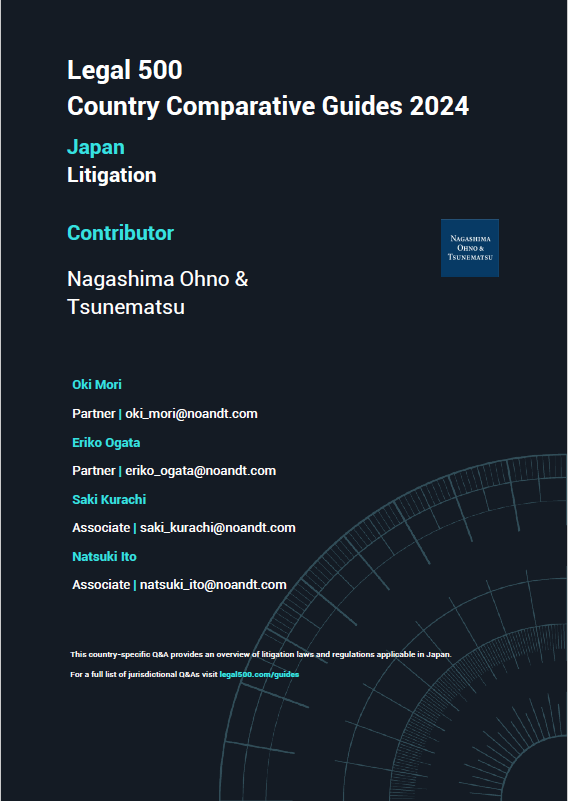

(July 2024)
Oki Mori, Eriko Ogata, Saki Kurachi, Natsuki Ito (Co-author)